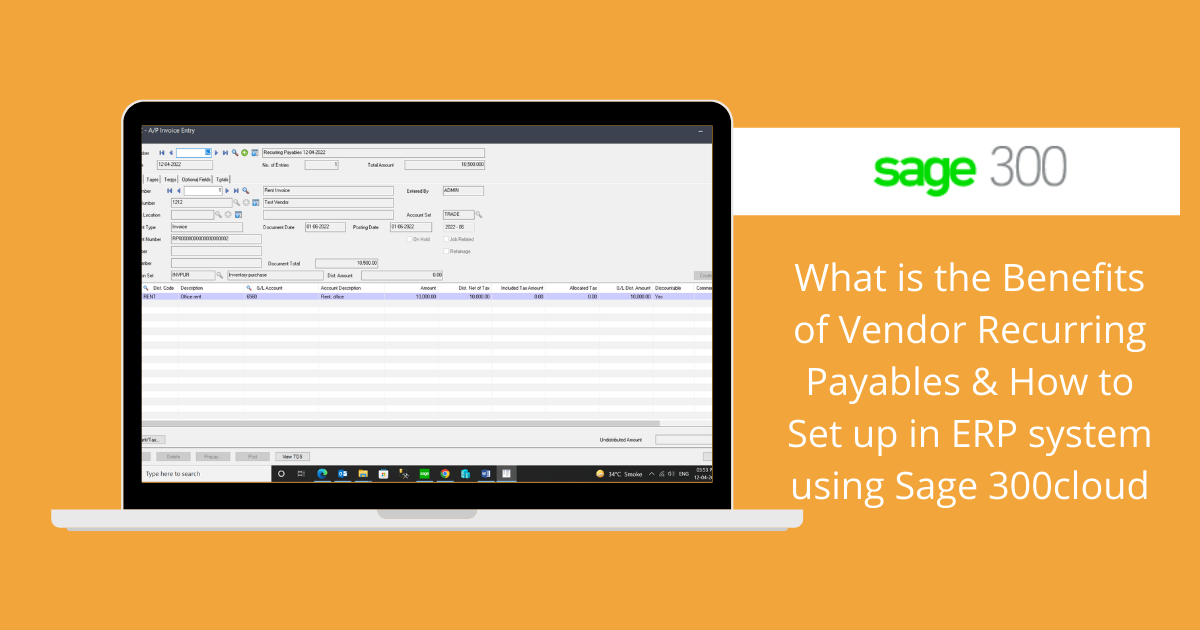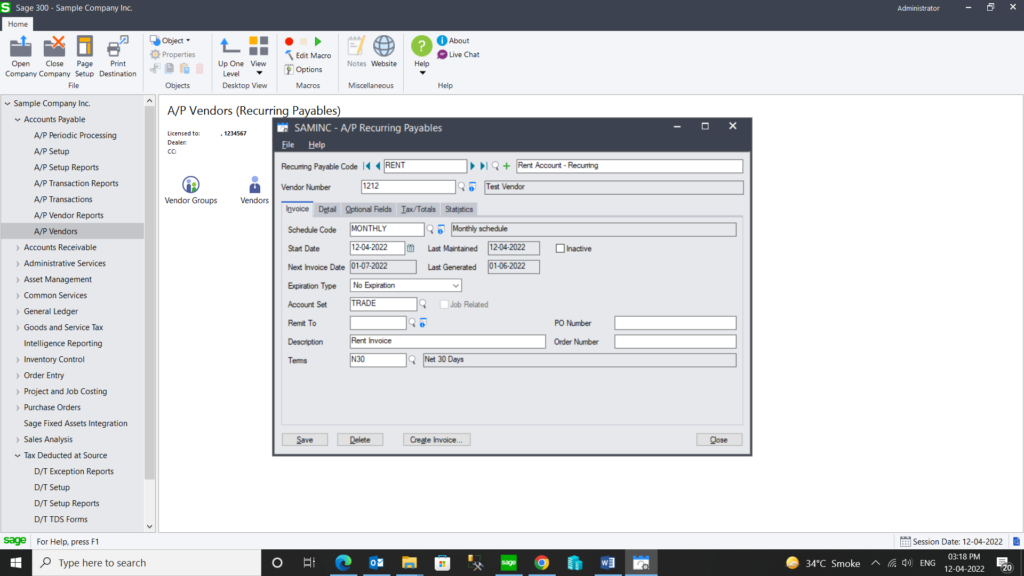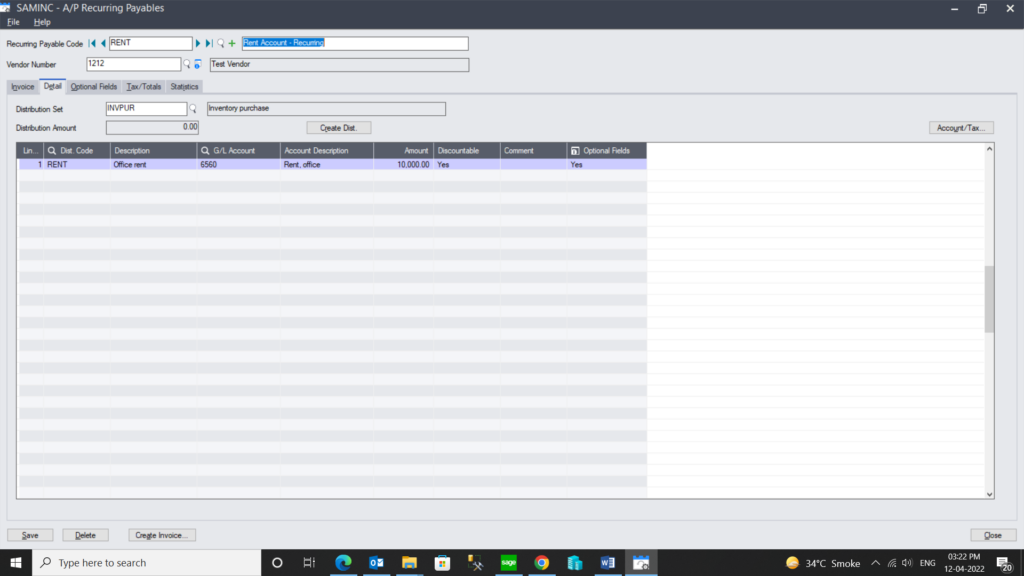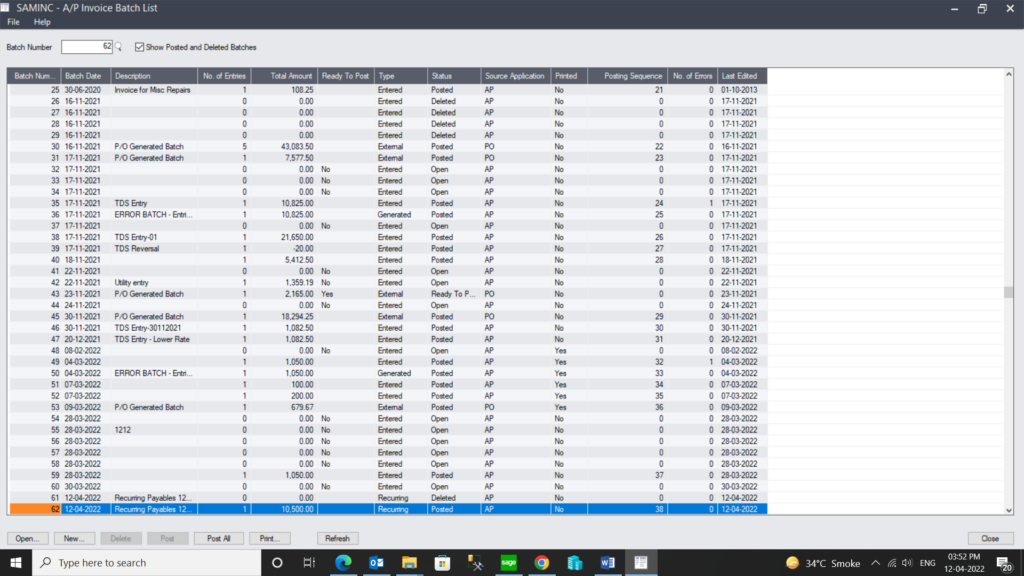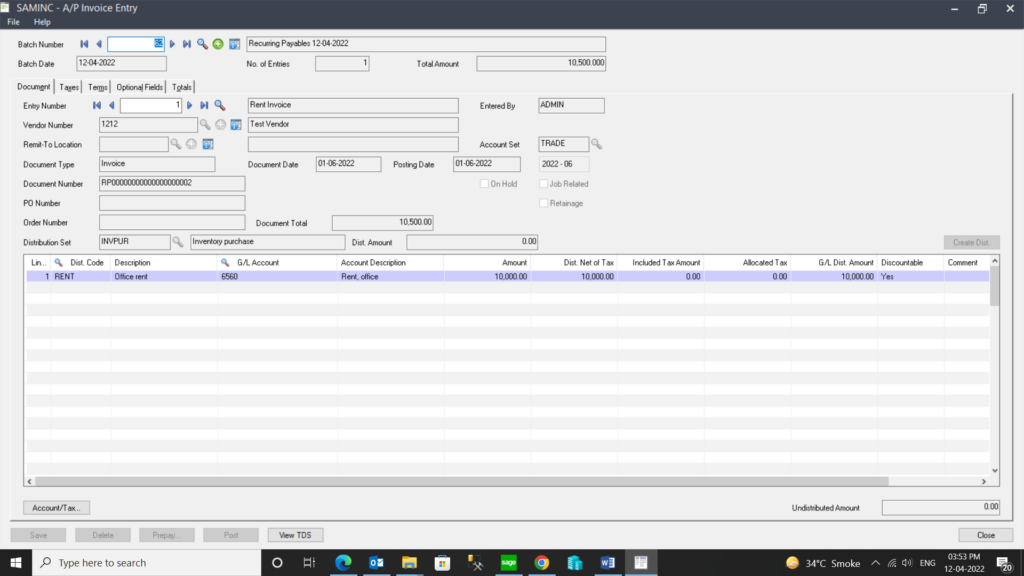What is Recurring Billing?
Recurring billing happens when a merchant automatically charges a customer for goods or services on a prearranged schedule. Recurring billing requires the merchant to get the customer’s information and permission. The vendor will then automatically make recurring charges to the customer’s account with no further permissions needed.
Any good or service that a customer subscribes to with regularly scheduled payments might be a good candidate for recurring billing. Examples include cable bills, cell phone bills, gym membership fees, utility bills, and magazine subscriptions. Recurring billing may also be referred to as automatic bill payment.
Recurring payments offer some compelling benefits:
- Reduce late payments and collection time
- Minimize effort
- Improve customer relationships
- Defend against fraud
- Utility providers
- Membership businesses
- Subscription businesses
- Financial services
What is the purpose of recurring transactions?
Recurring transactions also boost merchants’ cash flow. Recurring payments are billed automatically, so merchants can collect payment right away. They don’t have to reach out to customers or follow up—they simply get the payment in their bank account and keep moving.
ADVANTAGES OF RECURRING BILLING
One simple reason recurring billing is so popular is that it’s a mutually beneficial option for the consumer and the business. The consumer only needs to set-up their payment details once and can enjoy the service without lock-in contracts or actively needing to make the effort of payment again. Businesses, on the other hand, get a steady cash flow, more reliable forecasted revenue, and potential savings on staff and administrative resources.
KEY TAKEAWAYS
- Recurring billing occurs when a business automatically deducts a customer’s payment on a regularly scheduled basis.
- Any good or service that a customer subscribes to with regularly scheduled payments might be a good candidate for recurring billing.
- Business providers may require recurring billing and some providers may give discounts when recurring billing is used.
- Recurring billing is advantageous for business providers because it reduces account receivable risks.
- For customers, recurring billing can save them time, too; they only need to sign up and provide their payment information one time.
Understanding Recurring Billing
Recurring billing offers the benefit of convenience. Instead of having to provide billing information for a routine charge repeatedly, the customer can authorize the merchant to keep payment details on file. Then, the merchant can charge the designated account each month that service is in effect or each time that the agreed-upon goods or services are delivered. It is typically up to the business provider to decide on the options for payment.
How Can I Configure Vendor Recurring Payable module in Sage 300?
To Configure Recurring Payable we need to follow below Steps;
We need to configure in A/P Vendors screen i.e. Recurring Payables.
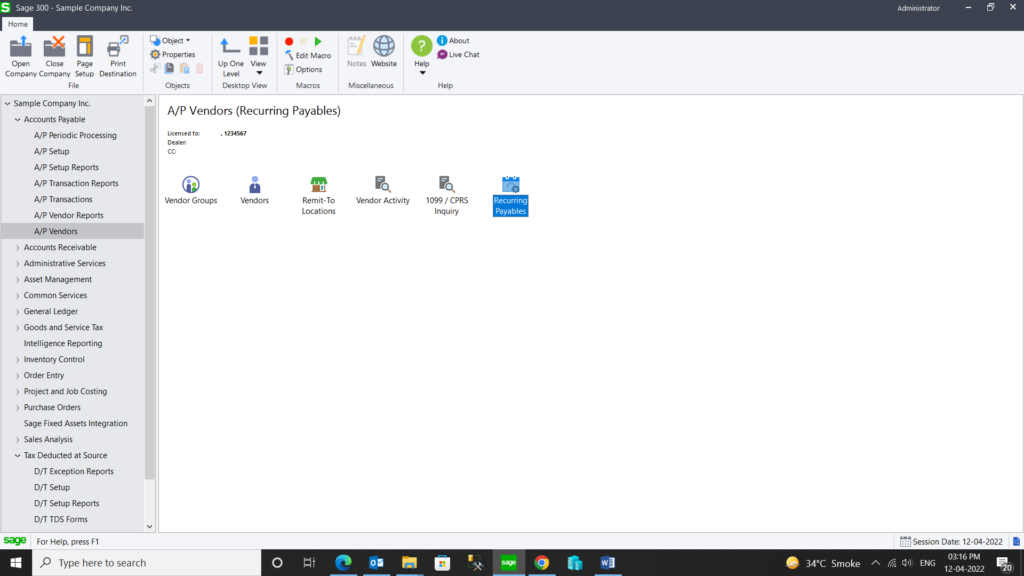
In detail tab we need to map GL account in which entry will be posted. Also need to enter recurring amount.
Once we configured all the details then we can generate Invoice by clicking “Create Invoice” option in Recurring Payable screen. Once create the invoice there will batch create in AP Batch List.
Then this Invoice will be generated on the basis of Recurring Payable Account
So, following all these steps we can use this Module i.e. Recurring Payable in Sage 300.
STAY UPDATED
Subscribe To Our Newsletter
At Sage Software Solutions (P) Ltd., we are home to world-class ERP software and CRM software that will solidify your business tech support fundamentals and enable you to build a customer-centric organization. You can also write to us at sales@sagesoftware.co.in.
Disclaimer: All the information, views, and opinions expressed in this blog are those of the authors and their respective web sources and in no way reflect the principles, views, or objectives of Sage Software Solutions (P) Ltd.
